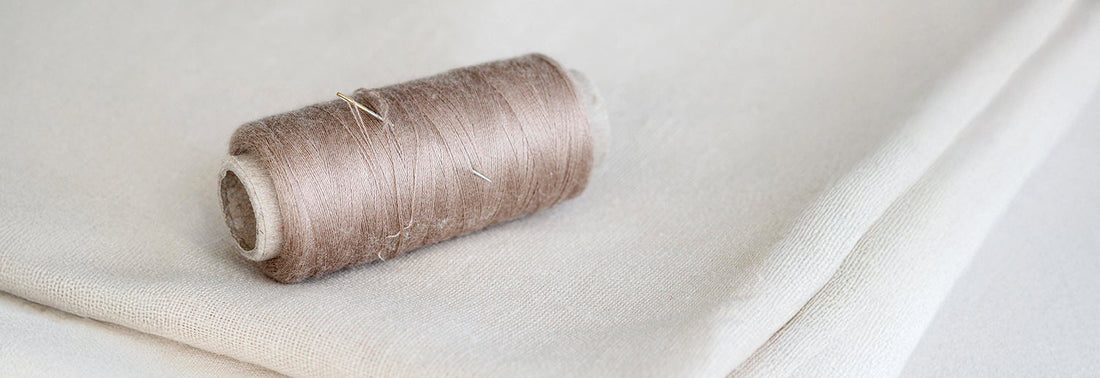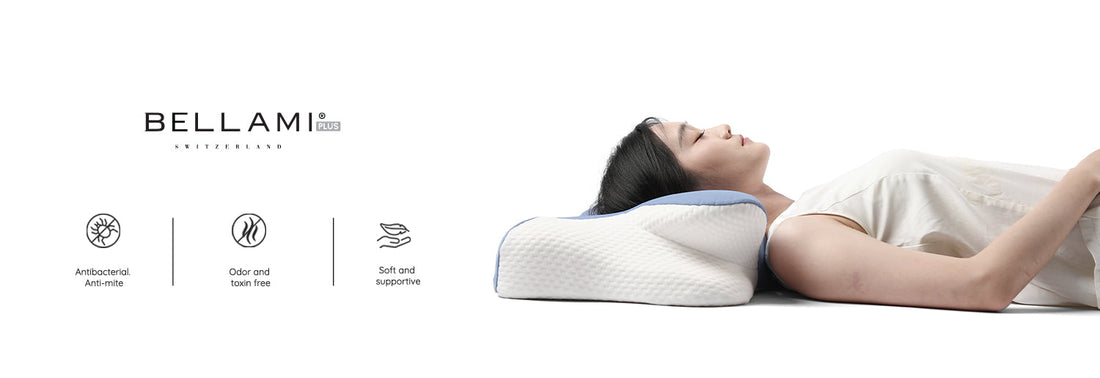The textile industry is one of the world’s biggest polluters, consuming vast amounts of water, relying on pesticides, and producing toxic waste. From cotton to synthetics, most fabrics we know come at a steep cost to the planet.
But there’s a quiet innovation reshaping this reality: Sustainable TENCEL™. Beyond its softness and breathability, it is produced in a closed-loop system, a process designed to save resources, minimize waste, and create a cleaner future for textiles.
 What Exactly Is a Closed-Loop System?
What Exactly Is a Closed-Loop System?
In a typical fabric production cycle, water and chemicals are used once, then discharged into the environment, often untreated. That means wasted resources and polluted rivers.
A closed-loop system changes the equation. Instead of discarding, it captures, purifies, and reuses resources within the same cycle. It’s like hitting “replay” on water and solvents, dramatically cutting waste while keeping production clean.
How It Works in Sustainable TENCEL™ Production
-
It starts with wood pulp sourced from responsibly managed forests.
-
An organic, non-toxic solvent breaks the pulp into fibers.
-
Here’s where it gets revolutionary: 99.5% of that solvent is recovered, purified, and reused.
-
The water involved is also filtered and recycled, not flushed away.
This means Sustainable TENCEL™ production is almost zero-waste, setting a benchmark for eco-friendly fabric manufacturing.
Why Water Matters
Water is often called the “hidden ingredient” in fabric. Consider this:
- Cotton can require thousands of liters of water per kilogram of fabric.
-
Eucalyptus trees (used for TENCEL™) grow with minimal irrigation and no pesticides.
-
Combine that with the recycling built into closed-loop production, and TENCEL™ drastically reduces its water footprint.
In a world where clean water is becoming scarcer, this isn’t just a bonus, it’s essential.
Cleaner Production, Healthier Planet
Closed-loop doesn’t just conserve resources, it prevents pollution. In traditional textile processes, harmful chemicals often leach into rivers, harming ecosystems and communities downstream.
Sustainable TENCEL™ avoids this. By reusing nearly all of its solvents and water, it ensures little to no harmful discharge. The result is fabric that feels luxurious while leaving a far lighter footprint.
Why This Matters Beyond Your Sheets
Choosing Sustainable TENCEL™ isn’t only about your bedroom, it’s about supporting a shift in how fabrics are made. Closed-loop systems prove that luxury and sustainability can co-exist.
Every product made this way:
✔️ Conserves water
✔️ Reduces waste
✔️ Protects ecosystems
It’s a win not just for consumers, but for the planet.
The closed-loop secret of Sustainable TENCEL™ shows us a better way forward for textiles: one where what we use is not wasted, and where comfort doesn’t come at the planet’s expense. By reusing 99.5% of its water and solvents, TENCEL™ sets a powerful example of how science and sustainability can work hand in hand.
So when you slip into the Sustainable TENCEL™, you’re not just choosing a fabric. You’re choosing innovation, responsibility, and a future where waste no longer defines fashion and bedding.
Smooth on your skin. Gentle on the Earth. That’s the promise of Sustainable TENCEL™.






